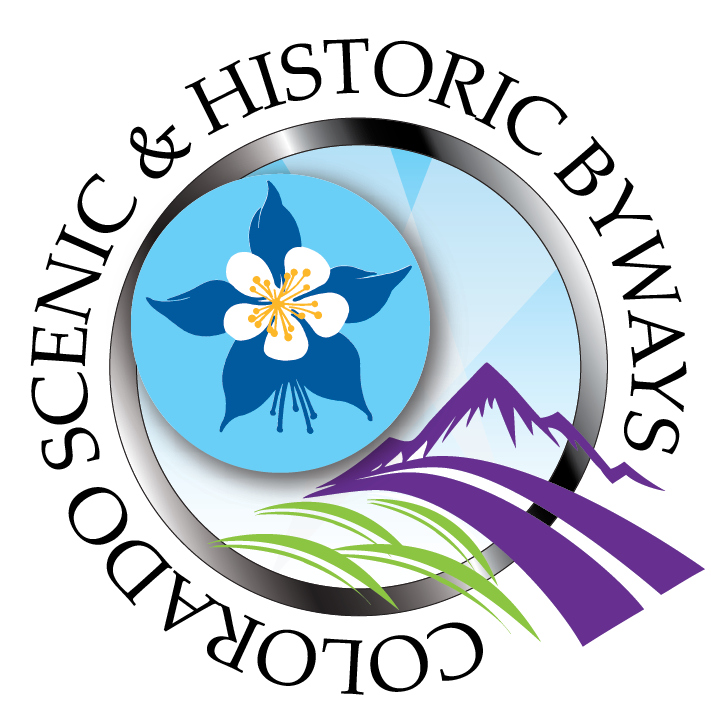Weaselskin: Protecting a Special Place in Durango
Landowner: Jennifer Thurston
Partner land trust: La Plata Open Space Conservancy
Location: Durango
Topics: Wildlife habitat, tribal lands, experiential education
In southwest Colorado, the town of Durango features a beautiful combination of scenic views, abundant wildlife, an outdoor-recreation wonderland, a local farming and ranching legacy, and tribal lands rich with historical and cultural artifacts and stories. But, like other Colorado gems, Durango’s popularity, combined with the effects of climate change, has significantly altered the landscape. Jennifer Thurston has seen the changes intensify over the decades. Today, she is getting help from La Plata Open Space Conservancy to protect an area that, without any action, would be at risk of disappearing. With a dream to protect the property from development, honor its past and support the community in the future, Jennifer’s strategy is to conserve Weaselskin in perpetuity.
“Conserving this place is a
once-in-a-lifetime opportunity;
it will never happen again. ”
“Now or never”
A few miles south of Durango on Florida Mesa, overlooking the Animas River, Jennifer lives and works at Weaselskin, so named after a Southern Ute Tribe family clan that once resided there. Piñon-junipers feature prominently, and the natural habitat is home to wildlife ranging from swift fox, bear and mountain lion to elk and deer. A sod farm has been in operation there since the 1950s, and Jennifer’s family has owned and run the farm on part of the property since the late 1970s.
Between 2010 and 2020, Durango’s population increased by about 13 percent, and that pattern of growth is only expected to continue. It puts great pressure on the natural landscapes. It’s also what inspires Jennifer to act. “You can see how Durango is growing. Conserving this place is a once-in-a-lifetime opportunity; it will never happen again. So, it’s now or never,” she said.
Jennifer’s early experiences formed in her a strong connection to place. The youngest of seven children, she grew up farming, riding and training horses, and developing a fascination with archaeology. She formalized her education with degrees in international agronomy, sociology, and technology analysis and management. She also inherited a deep conservation and philanthropic ethic from her parents – an ethic that translates into a multifaceted vision for Weaselskin. For the last 30 years, she has been putting the pieces in place to conserve what she can so that Weaselskin stays protected forever. She wants to continue the agricultural activity while creating a haven for wildlife and creating public access through education, research, and health and human services.
The road has not been straightforward. In 2011 after her father died, Jennifer fought to keep the land. The project stumbled when she was unable to secure bank loans to purchase the property from her neighbors and siblings. But in 2021, she provided private lenders with a proof of concept for “phase one” of the Weaselskin project. In turn, the lenders agreed to fund 50 percent of the project if Jennifer could cover the other 50 percent through state tax credits.
She was successful in working with La Plata Open Space Conservancy to place an easement on 180 acres. This phase conserves 80 acres of farmland, which creates a protective buffer around an adjacent 1,000-year-old archaeological area, maintains a small equestrian center, protects the piñon-juniper woods and accommodates wildlife access. That includes the last open space for wildlife migration in the area: The nearby Animas River frontage, owned by the Southern Ute Tribe, creates a wildlife path from Ute lands to Weaselskin.
A multifaceted project of protection
Jennifer’s vision won’t end with phase one. “The conserved property ends at end of the south corner of this area, but my ideas don’t end there,” she said. Making phase two happen will involve agreement from neighbors and siblings to purchase additional parcels of land and conserving several hundreds of acres more.
Her agricultural vision for phase two is to grow crops that are more water-efficient and serve the community’s interests more long-term – such as barley, quinoa and amaranth. In addition to planting less water-consumptive plants, she’ll rotate the crops to regenerate the soil. Climate change will impact her agricultural production. Between 2012 and 2022, the USDA changed the growing zone category in her zip code from 5 to 6 – so even though the number of days between frosts is about the same, the temperatures are hotter during the summer days. “That actually means more growing power, and the potential to change the crops we grow,” she said. While Jennifer works to convince her siblings to sell her their share of the agricultural plots, Weaselskin continues its sod farm and hay production, and pasture for horses.
The wetland pastures on an adjacent property also play a role in her conservation vision. She’s been leasing the space for 26 years, and purchasing it would allow her to preserve the wetlands and serve wildlife. It’s a low-management area, meaning it’s irrigated but without scheduled sprinkling. Jennifer has noticed a difference in how the elk and deer use it. “As soon as this area became irrigated, the wildlife started coming. This is their home,” she said, noting that the fencing around the perimeter is wildlife compatible.
Climate change and resulting habitat loss have certainly affected wildlife movements in the region. Elk and deer used to graze in the woods and across the river, but those areas are not growing enough food for them anymore. The lack of winter runoff has meant no water in the ponds. Wildlife have seemingly adapted: Jennifer says they are migrating to other places less and are consistently staying on farms and drinking from her horse troughs. Desertification makes protection of the wetlands even more critical. “Because we’re conserving this large wildlife space, they have a buffer zone where they can exist and forage as they pass through,” she said.
Jennifer would also like to purchase the adjacent property that’s home to rich archaeological sites. She is in talks with the American Archaeological Conservancy to determine the best path for protecting the area. She has also learned much about the ecology and history from conversations with members of the Diné Tribe (Navajo People); members talk about their relationships with the ancestral Puebloans who originally lived on these lands.
“Wildlife have a buffer zone where they can exist and forage as they pass through.”
Jennifer will continue to offer public educational access to at-risk youth and veteran groups, giving the chance to connect with nature and find healing. Recently, she hosted a group of 10th graders who spent four days exploring and working on the property under her supervision. The experiential education program included agriculture, conservation and equine activities. But Jennifer also integrated creative questions that looked at the land as a blank slate. Holding a rock in her hand, she asked the students what they saw. “If you were responsible, what would you do with this land?” Initial responses included golf courses and houses, but after a few days experiencing the land, their responses changed in favor of protecting it.
There is not just one thing that defines the land, however. A turquoise Zuni fetish Jennifer carries in her pocket reveals many animal faces – bear, fox, beaver, eagle, bobcat, owl – and for her the fetish is a symbol of the Weaselskin project. “There are so many facets here. Different opportunities and choices.” Helping young people see the possibilities of the future is what keeps her going.
“This structure is double insurance.
It’s a great model to entice others into conservation.”
Conservation-worthy land benefits the community
Another unique aspect of Jennifer’s project is how the DSM Land Public Benefit Corporation (B Corp), which Jennifer founded, organizes Weaselskin’s profit operations and collaborative efforts with nonprofits. DSM acquires and consolidates conservation-worthy land for the purpose of developing products and services whose proceeds are distributed to education, research, health, human services and conservation efforts. Sources of income include agricultural goods and services, space rental and the Weaselskin equine center.
Jennifer’s sons will run DSM, and management of the property parallels the property’s conservation easement as written into the bylaws. “This structure is double insurance. It’s a great model to entice others into conservation, because it generates profit while benefiting the community.”
Jennifer emphasizes that protecting these spaces offers opportunities, not constraints, for those who inherit the land. “We’re guiding the next generation, not telling them what to do,” she said, adding, “I don’t have the right to make decisions to eliminate that opportunity of open space and wild land from the next generation. They’re not making any more open-space land.”
The Weaselskin easement process was aided by a grant from Keep It Colorado. The grant helped Jennifer cover the costs associated with the transaction – such as the appraisal, the baseline documentation and surveys. La Plata Open Space Conservancy will hold the easement and monitor it annually to ensure that the integrity and the terms of the easement are upheld in perpetuity.
Produced in partnership:




















